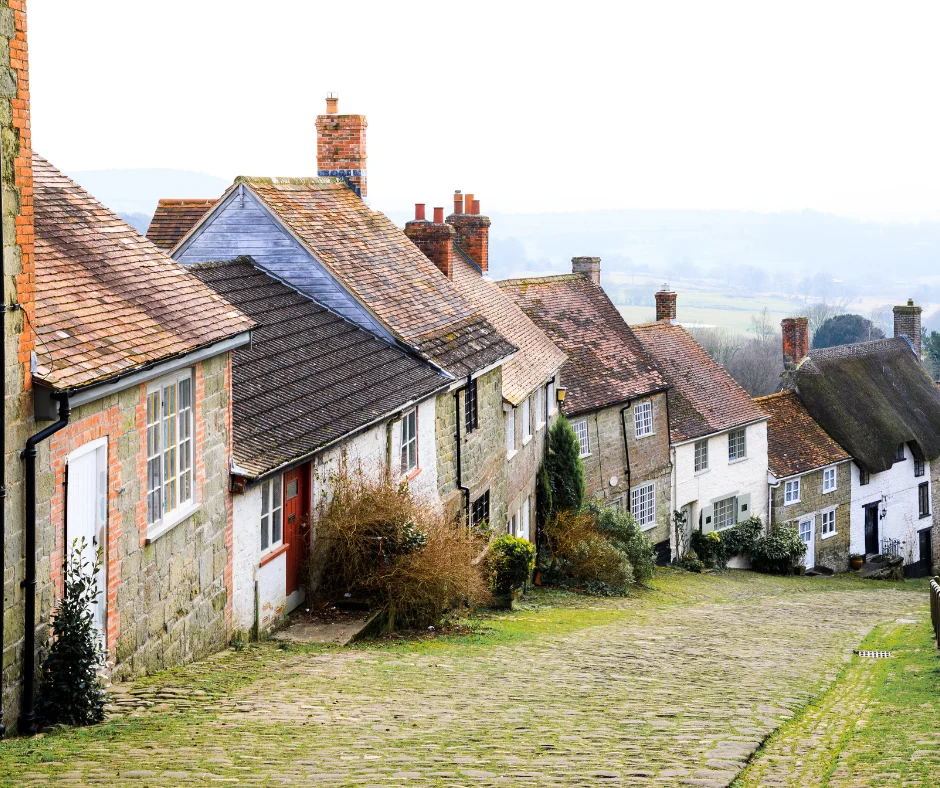Building in conservation areas can be a challenging yet rewarding endeavour. These areas are designated to protect and preserve the natural and historical significance of beautiful locations. Because of this, constructing new buildings or making alterations in these areas requires careful consideration to ensure compliance with strict regulations. This guide aims to provide a comprehensive overview of how to build sustainably in conservation areas, offering practical tips and highlighting the benefits of using innovative solutions like Stop Digging ground screws for foundations.
Understanding Conservation Areas
Conservation areas are designated regions that have been recognised for their special architectural or historical interest, where the character or appearance is desirable to preserve or enhance. These areas can be found across the UK. The main goal of conservation areas is to protect the unique qualities that make these places worth preserving. There are roughly 10,000 conservation areas in the UK, and these include:
- Historic housing estates or suburbs
- Centre of historic towns or villages
- Country estates
- Landmarks
Building in a conservation area means adhering to specific regulations that go beyond standard planning permissions. These regulations are designed to ensure that any development maintains or enhances the area’s character and does not detract from its historical or aesthetic value.
Planning Permission in Conservation Areas
Securing planning permission in a conservation area can be a complex process. It is crucial to understand the requirements and prepare thoroughly to avoid delays and refusals.
Steps to Obtain Planning Permission:
- Research Local Regulations: Each conservation area has its own set of guidelines. Start by consulting your local authority’s planning department to understand the specific requirements.
- Consult with Experts: Engage with architects, planners, and heritage consultants who have experience with conservation areas. Their expertise can be invaluable in navigating the regulatory landscape.
- Prepare Detailed Plans: Your application should include comprehensive plans that clearly demonstrate how your project will comply with conservation guidelines. This includes detailed drawings, materials specifications, and impact assessments.
- Engage with the Community: Public consultation can be a crucial part of the planning process. Engaging with local residents and stakeholders can help to identify and address potential concerns early on.
By following these steps and demonstrating a commitment to preserving the character of the conservation area, you can increase your chances of obtaining planning permission. See the Planning Portal for more information.
In the case of trees being protected in certain areas, see our article on building with TPOs.
Sustainable Building Practices
Sustainable building practices are essential in conservation areas to ensure that new developments have minimal environmental impact and contribute positively to the preservation of the area’s character.
Key Sustainable Building Practices:
- Use of Eco-Friendly Materials: Opt for materials that have low environmental impact, are recyclable, or are sourced sustainably. This includes reclaimed timber, recycled metal, and low-carbon concrete alternatives.
- Energy Efficiency: Design buildings that are energy-efficient. This includes incorporating insulation, energy-efficient windows, and renewable energy sources like solar panels.
- Water Management: Implement systems for rainwater harvesting and greywater recycling to reduce water consumption.
- Minimising Waste: Plan your construction process to minimise waste generation and maximise recycling and reuse of materials.
By integrating these practices, you can ensure that your building project not only complies with conservation guidelines but also contributes to a more sustainable future.
Using Stop Digging Ground Screws in Conservation Areas
One of the most innovative solutions for sustainable building in conservation areas is the use of Stop Digging ground screws. These ground screws offer a modern alternative to traditional concrete foundations and come with numerous benefits, particularly for projects in sensitive areas.
Benefits of Stop Digging Ground Screws:
- Minimal Ground Disruption: Ground screws require little to no excavation, preserving the natural landscape and reducing the impact on tree roots and other underground features.
- Quick Installation: Ground screws can be installed swiftly and efficiently, reducing construction time and labour costs.
- Eco-Friendly: Unlike concrete, which has a high carbon footprint, ground screws are a more sustainable option. They are reusable and recyclable, making them an excellent choice for environmentally conscious projects.
- Versatility: Ground screws can be used for a variety of structures, from small sheds to large buildings, making them a versatile solution for different types of projects in conservation areas.
- Compliance with Regulations: The use of ground screws helps builders meet stringent conservation area regulations by minimising ground disturbance and maintaining the visual integrity of the site.
Conclusion
Building sustainably in conservation areas requires a careful balance of adhering to regulations, using eco-friendly materials, and implementing innovative construction methods. By understanding the specific requirements of conservation areas and integrating sustainable practices, you can contribute to preserving the unique character of these special places.
Stop Digging ground screws offer a cutting-edge solution for foundations in conservation areas, providing stability, sustainability, and compliance with regulatory requirements. Their minimal impact on the environment and quick installation process make them an ideal choice for modern building projects.
For more information on how Stop Digging ground screws can help with your construction projects in conservation areas, contact Stop Digging today at: SALES@STOPDIGGING.CO.UK or 020 3970 3979. Our team of experts are ready to assist you in finding the perfect foundation solution that meets your needs and protects the beauty of your conservation area.





